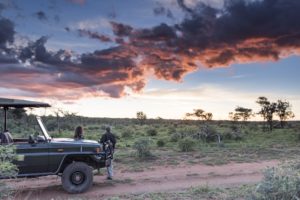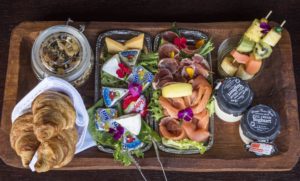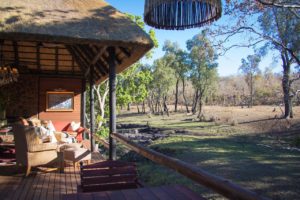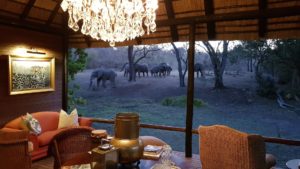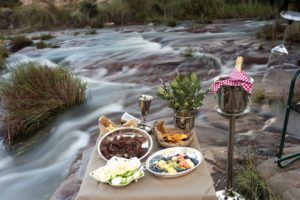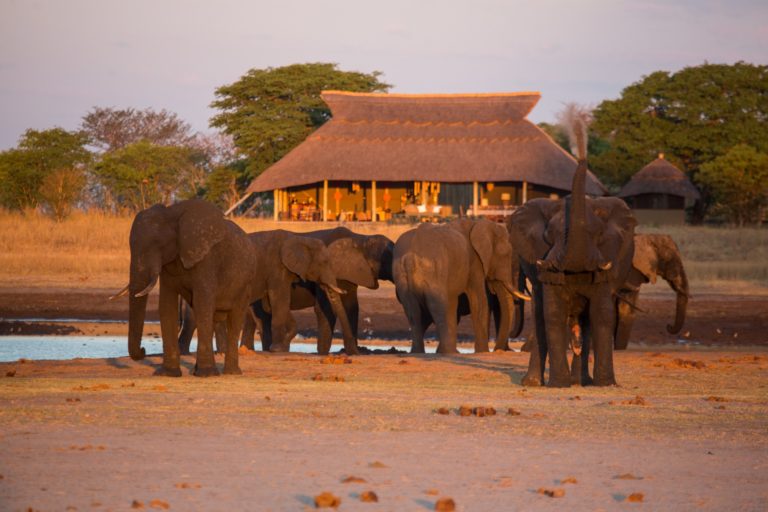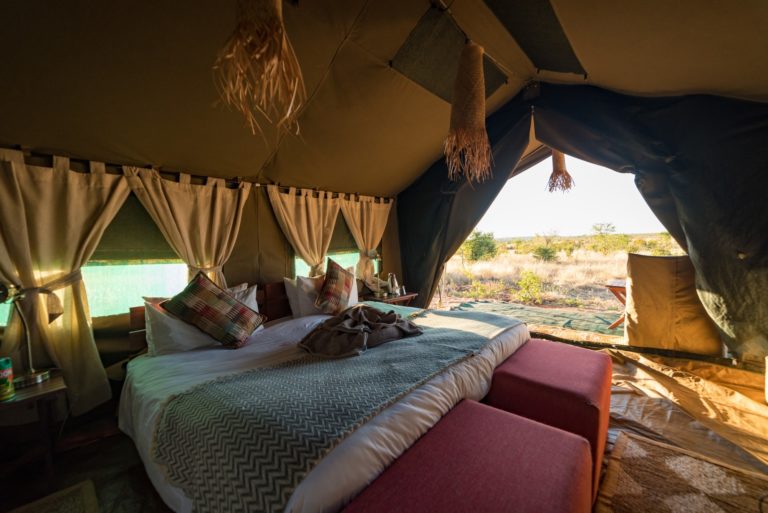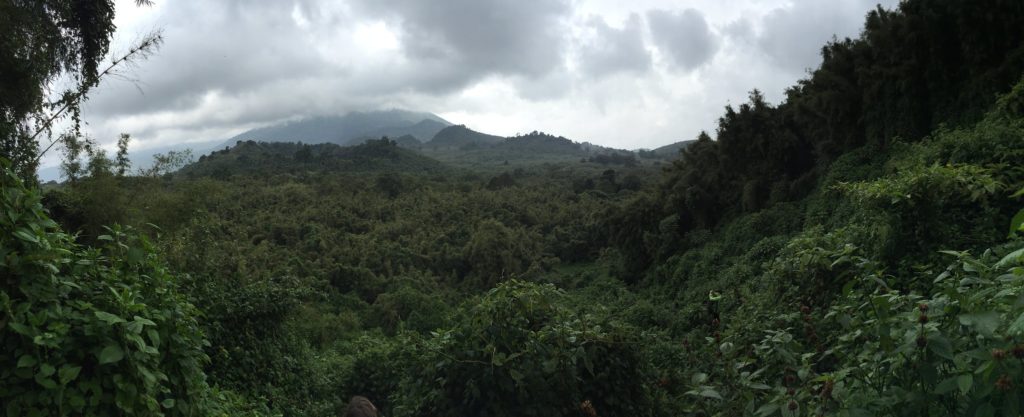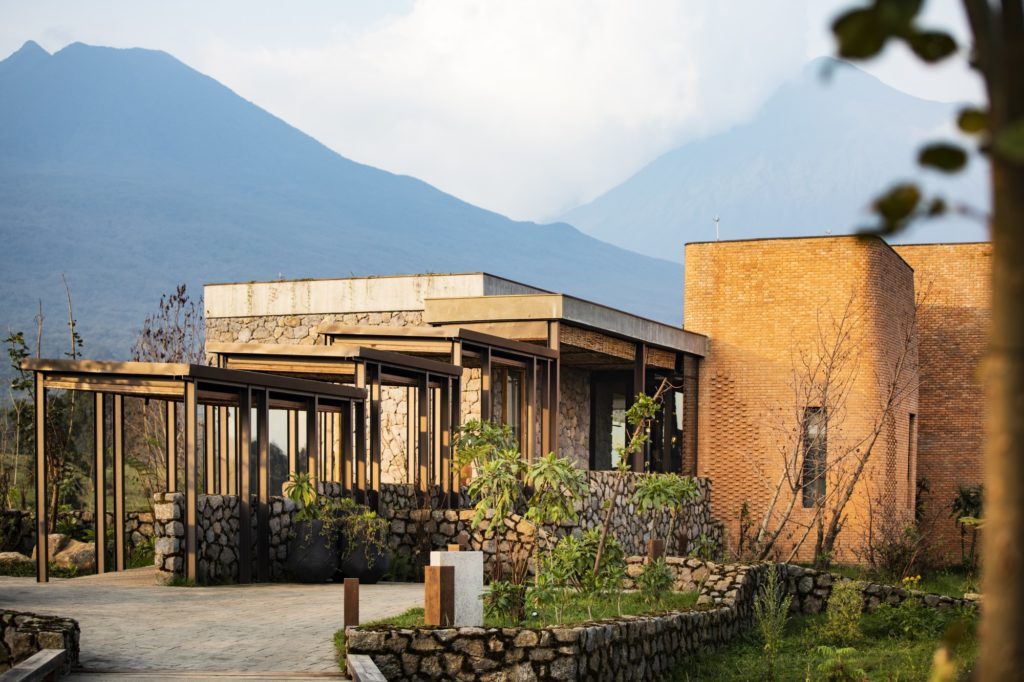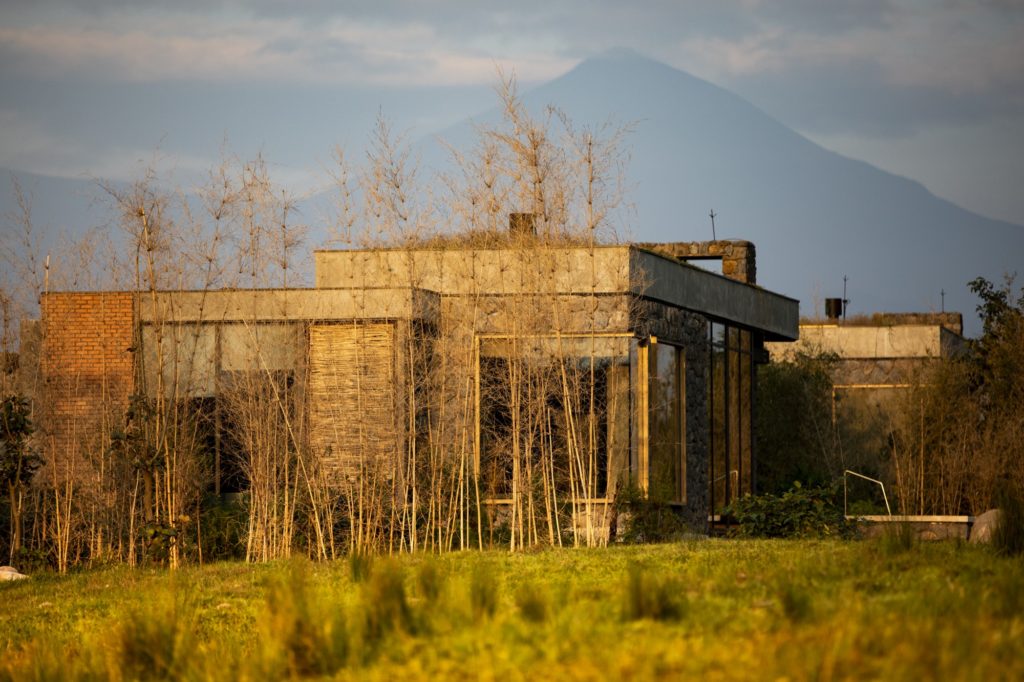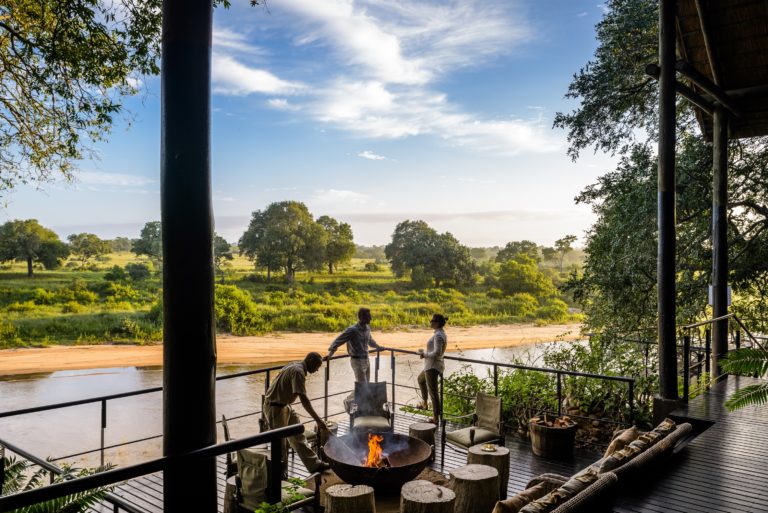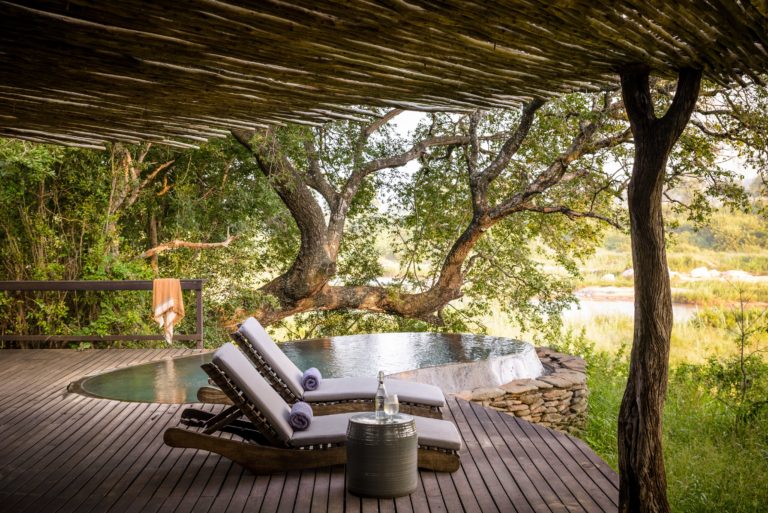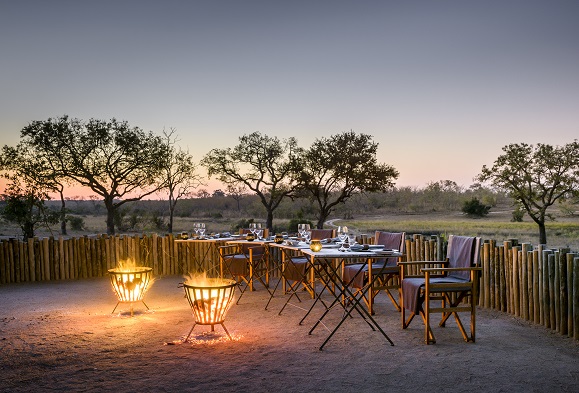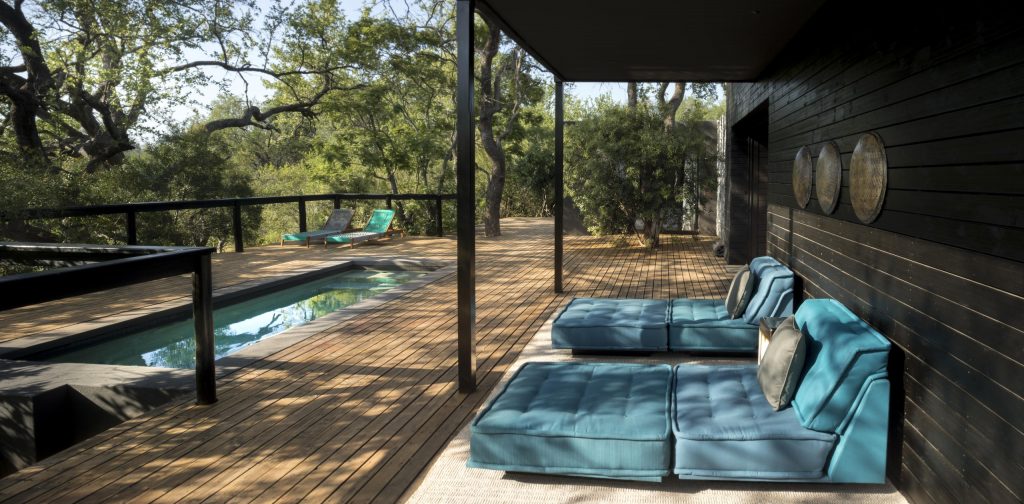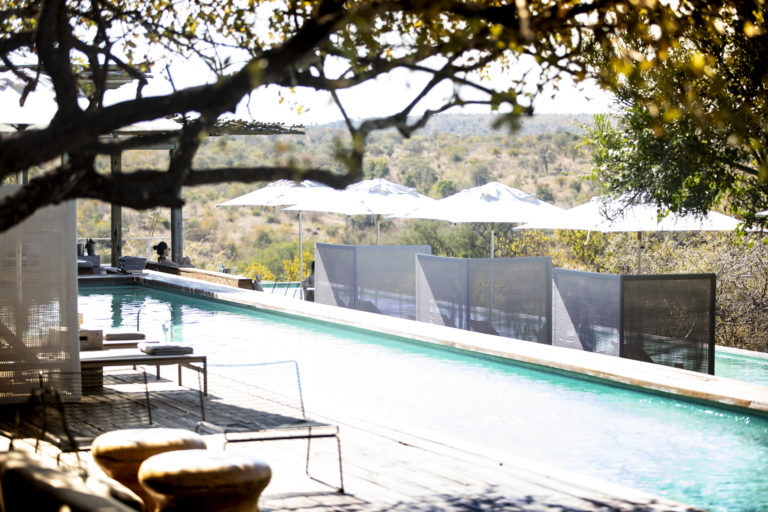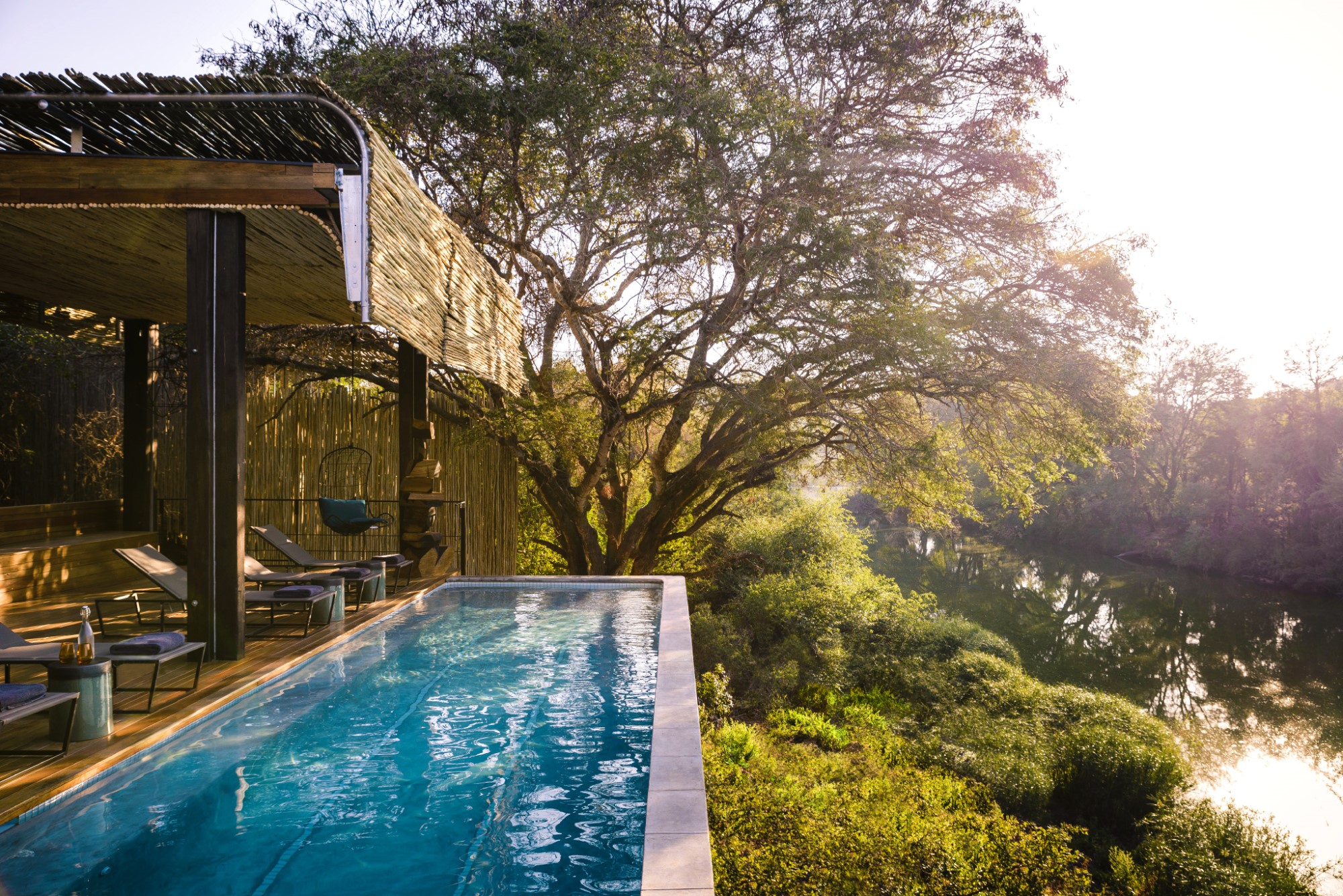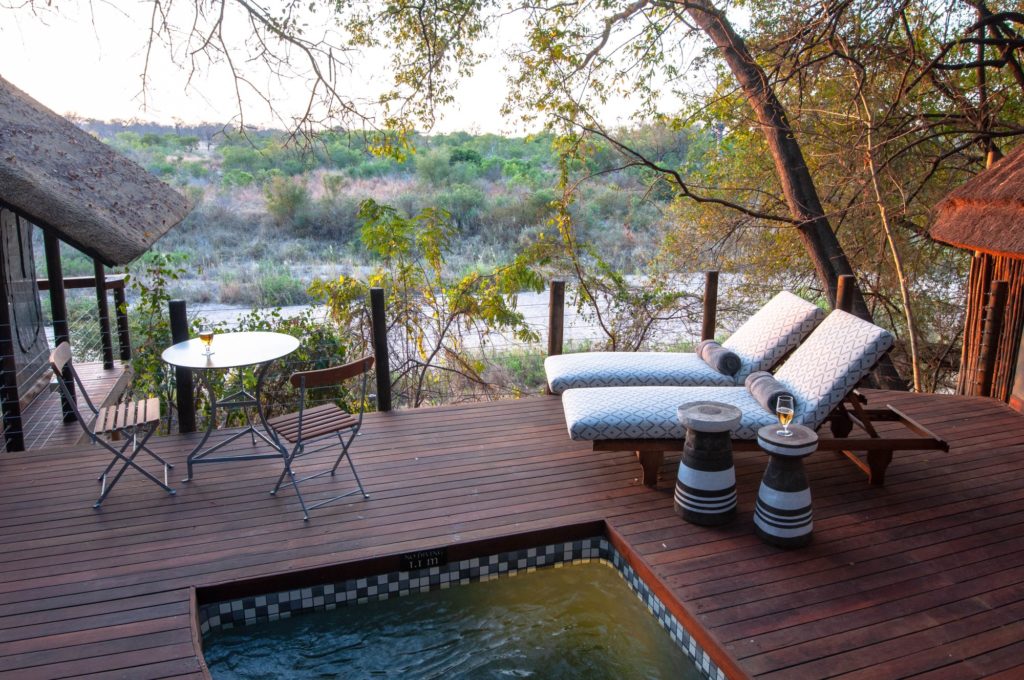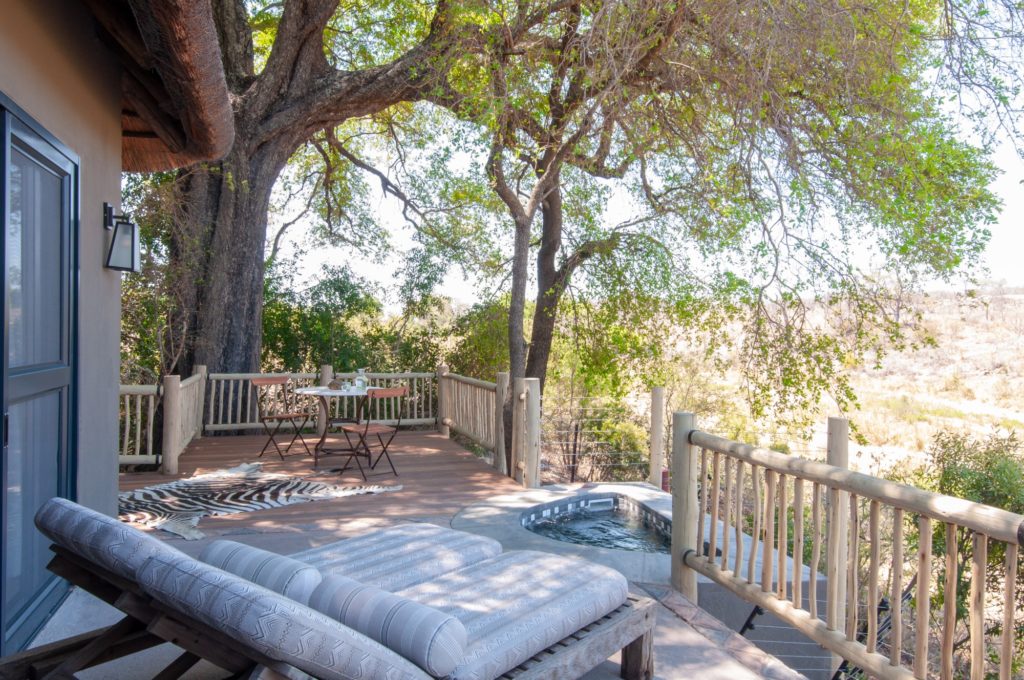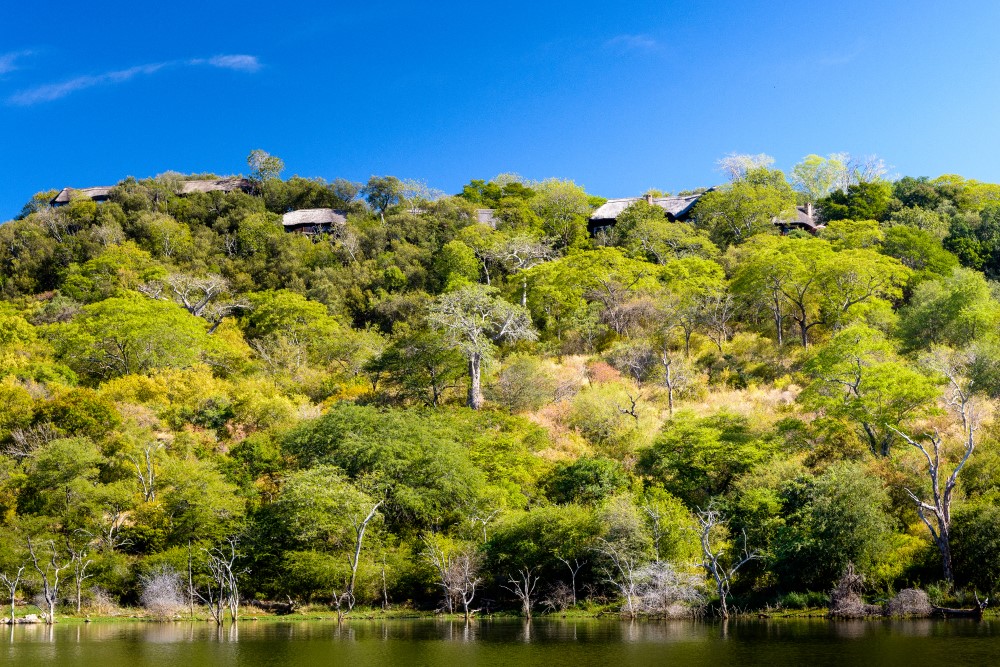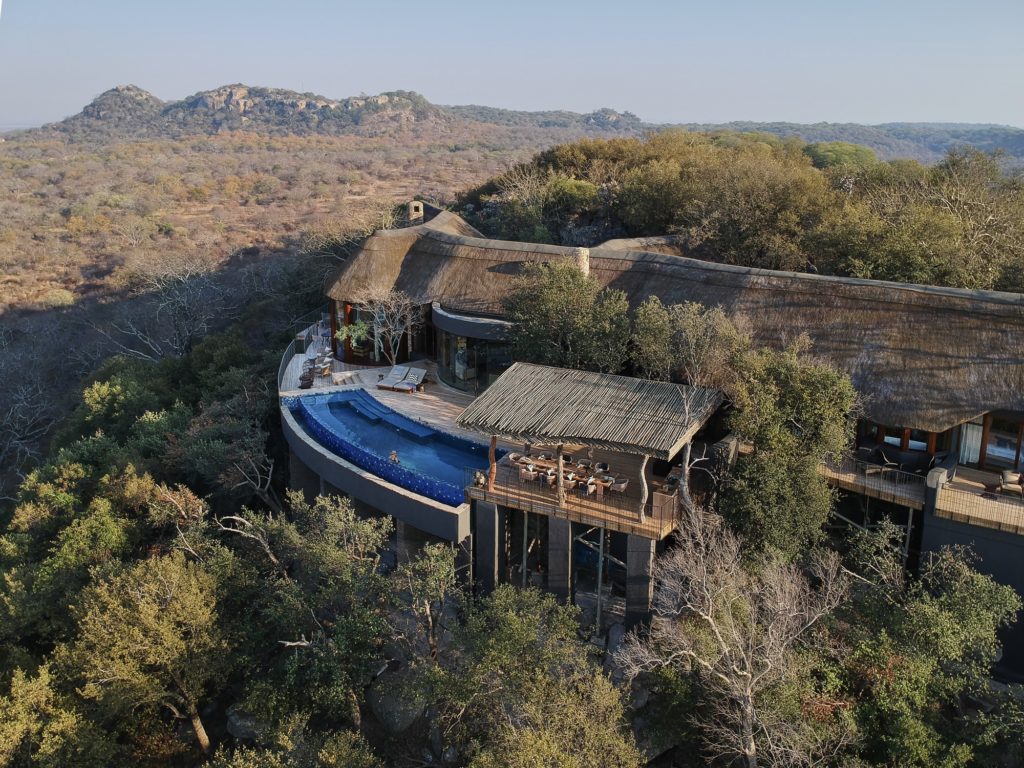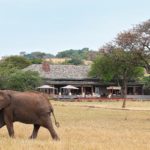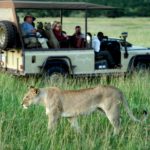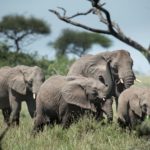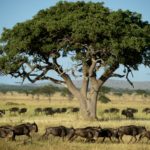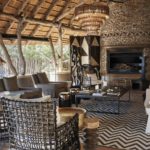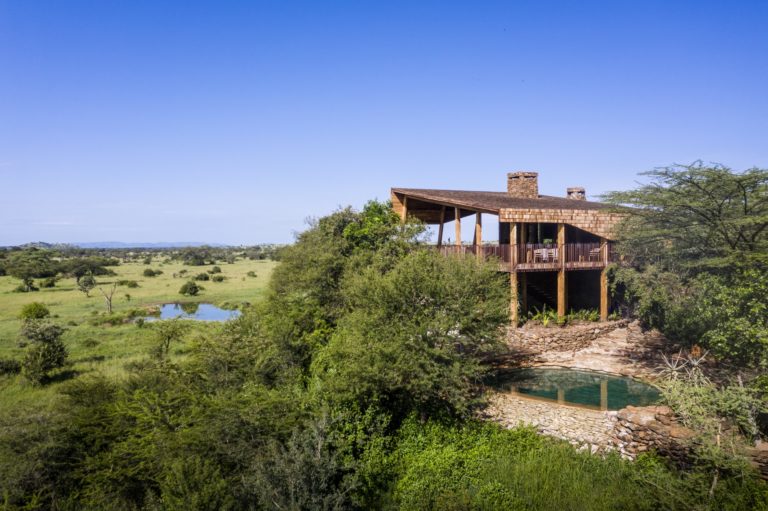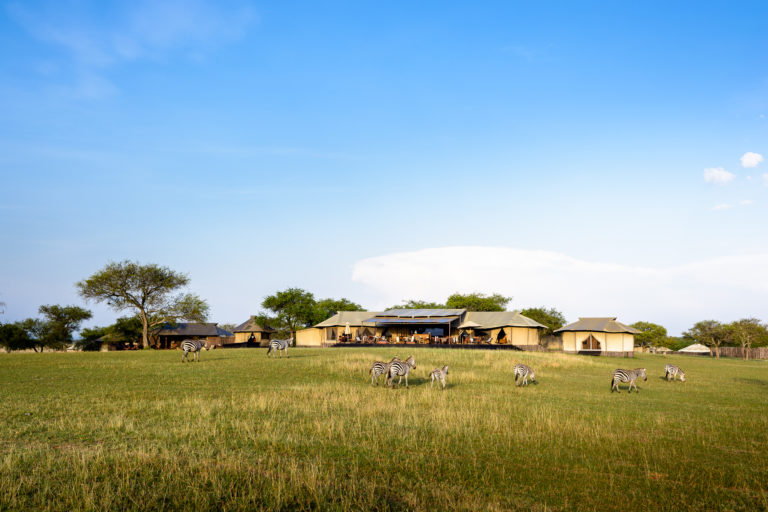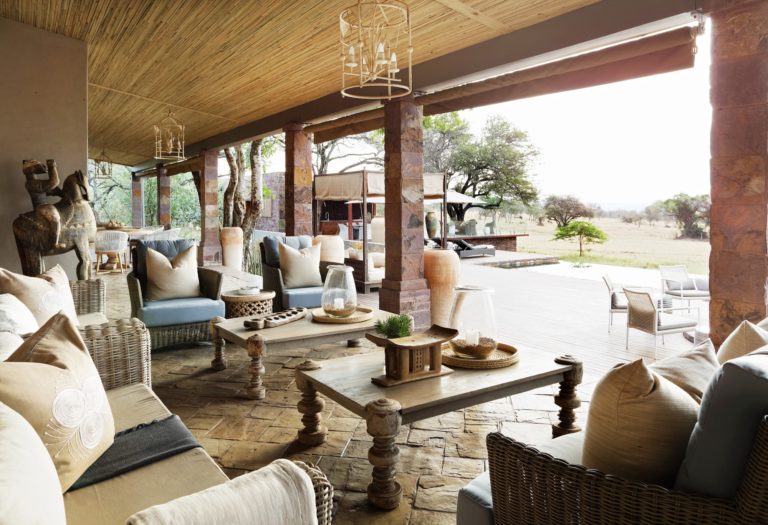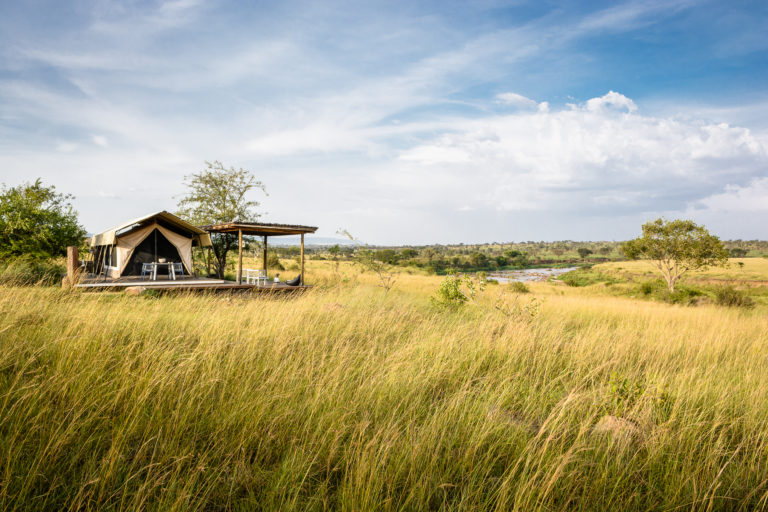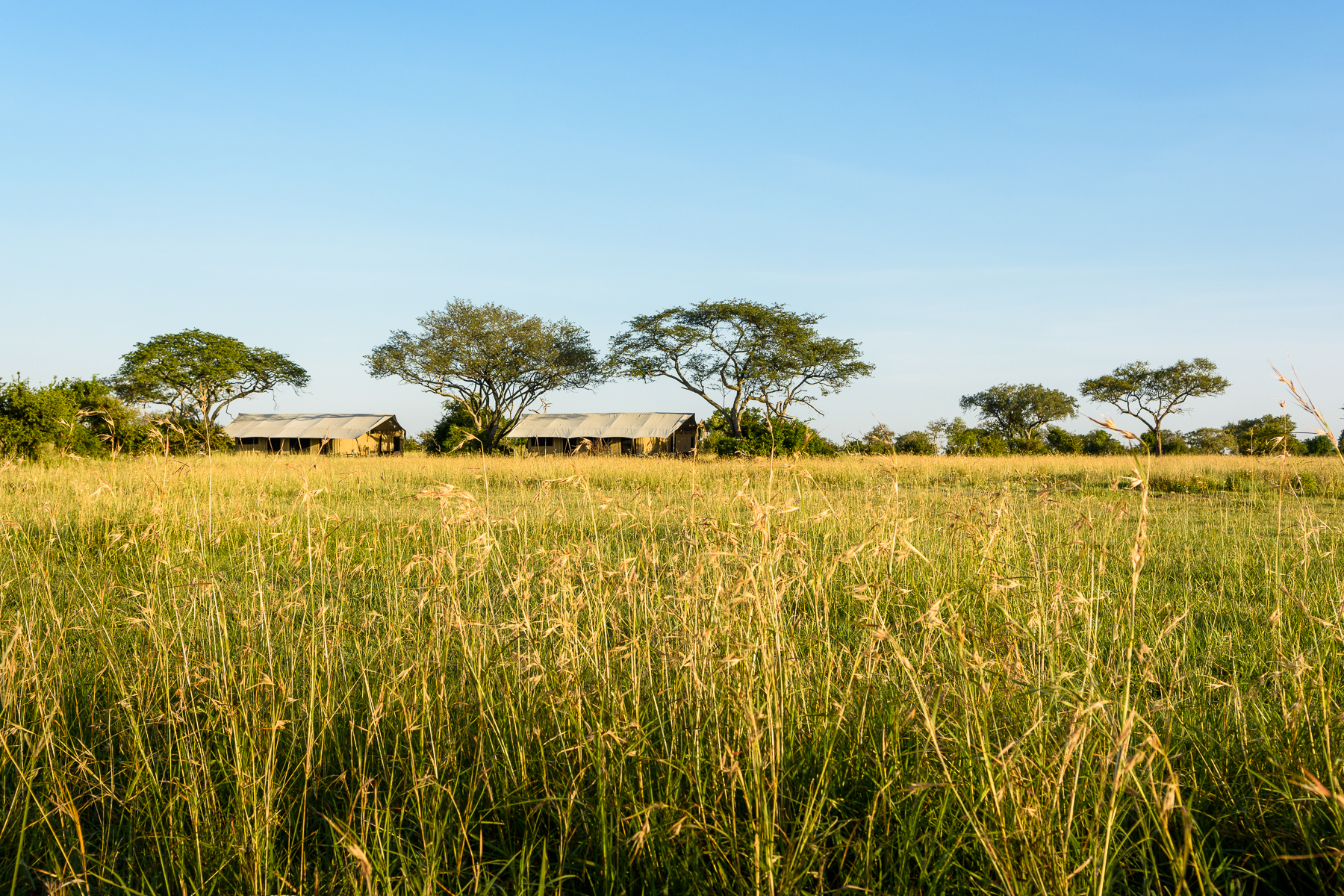These kelp forests have an essential little helper for its survival. It has become clear that sea otters are essential members of communities of the kelp forests off the coast of California. Sea weed, which includes Kelp, locks away around 200 million tonnes of carbon each year and so are an essential part of the fight against global warming.
Continue reading “A new study from Monteray Bay Aquarium has once again highlighted the importance of sea otters for the health of the Kelp forests”Camp Ndlovu
Camp Ndlovu
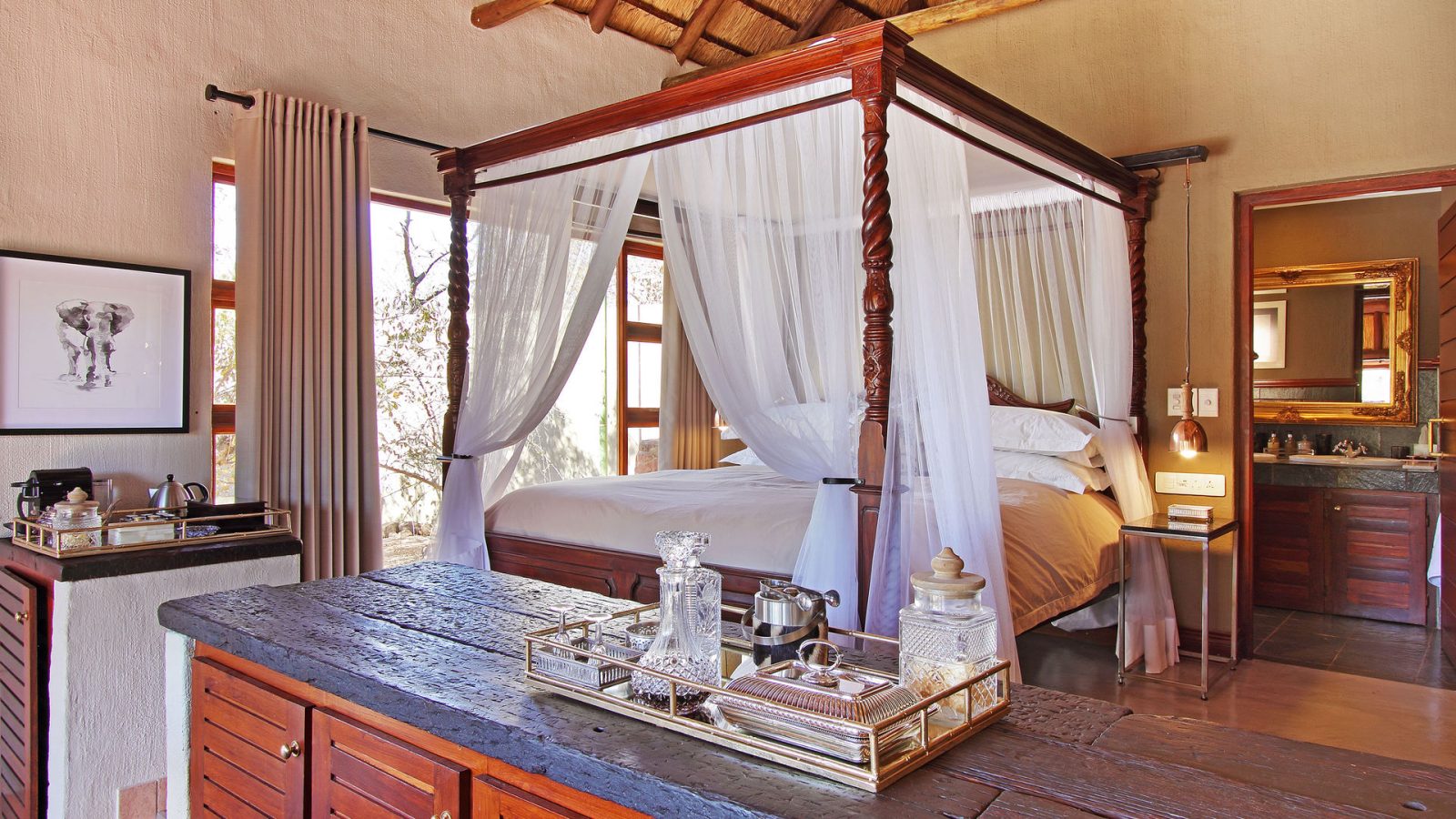
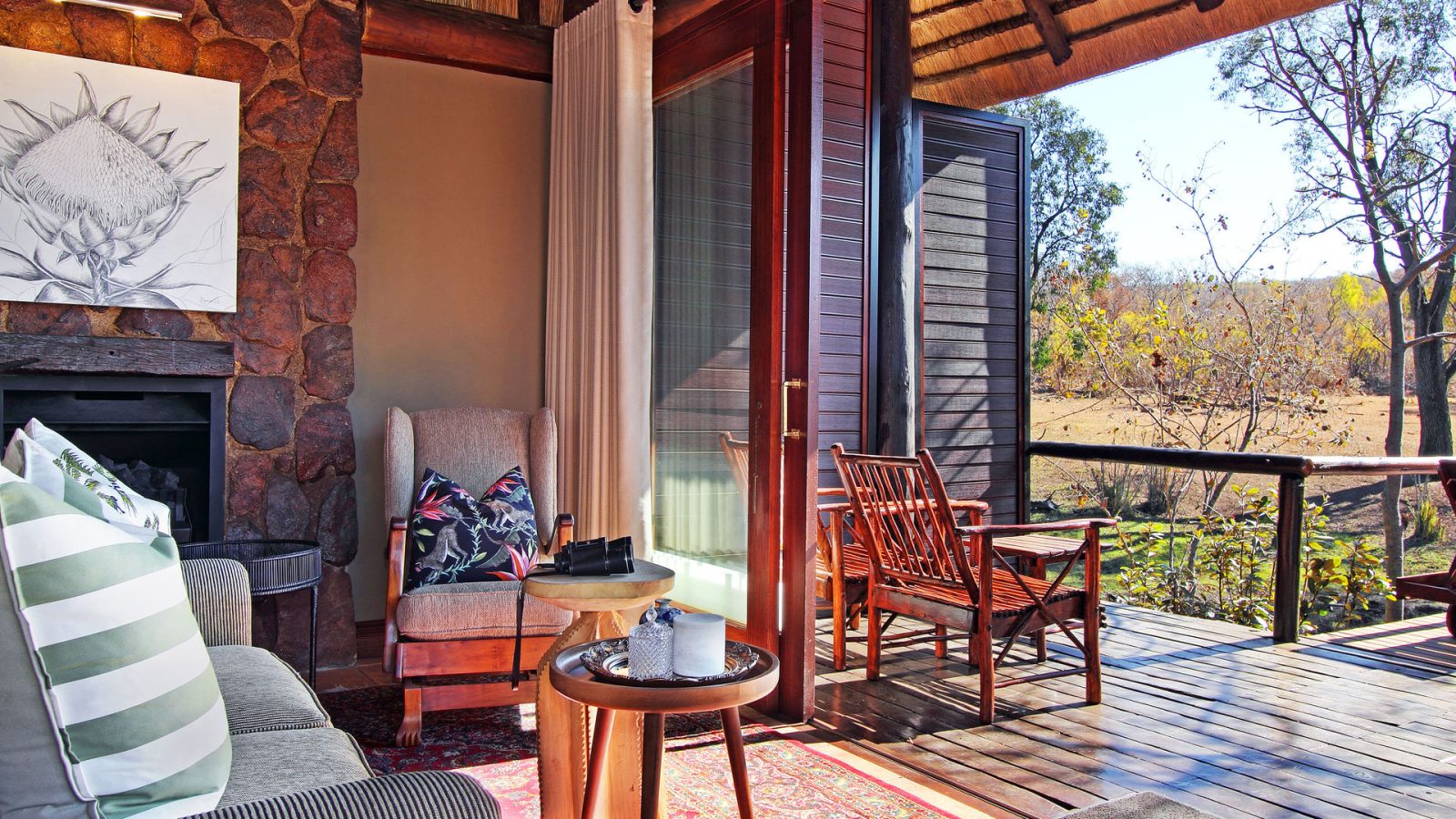

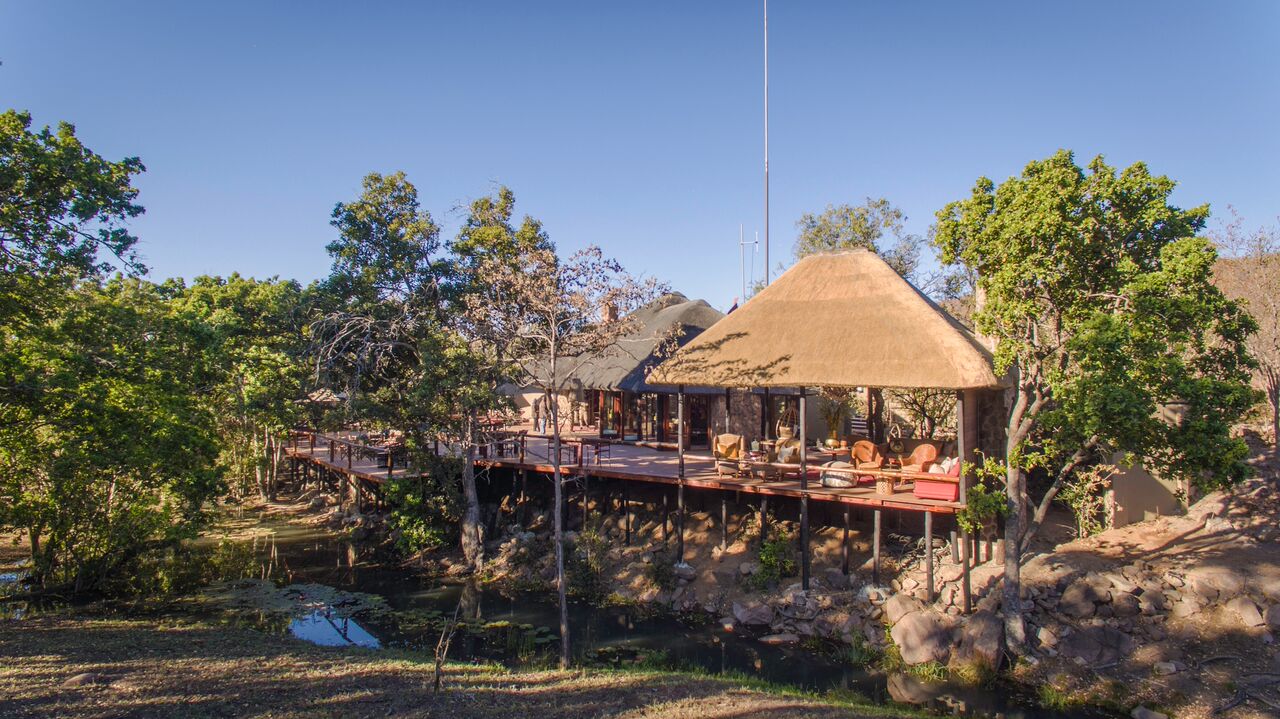
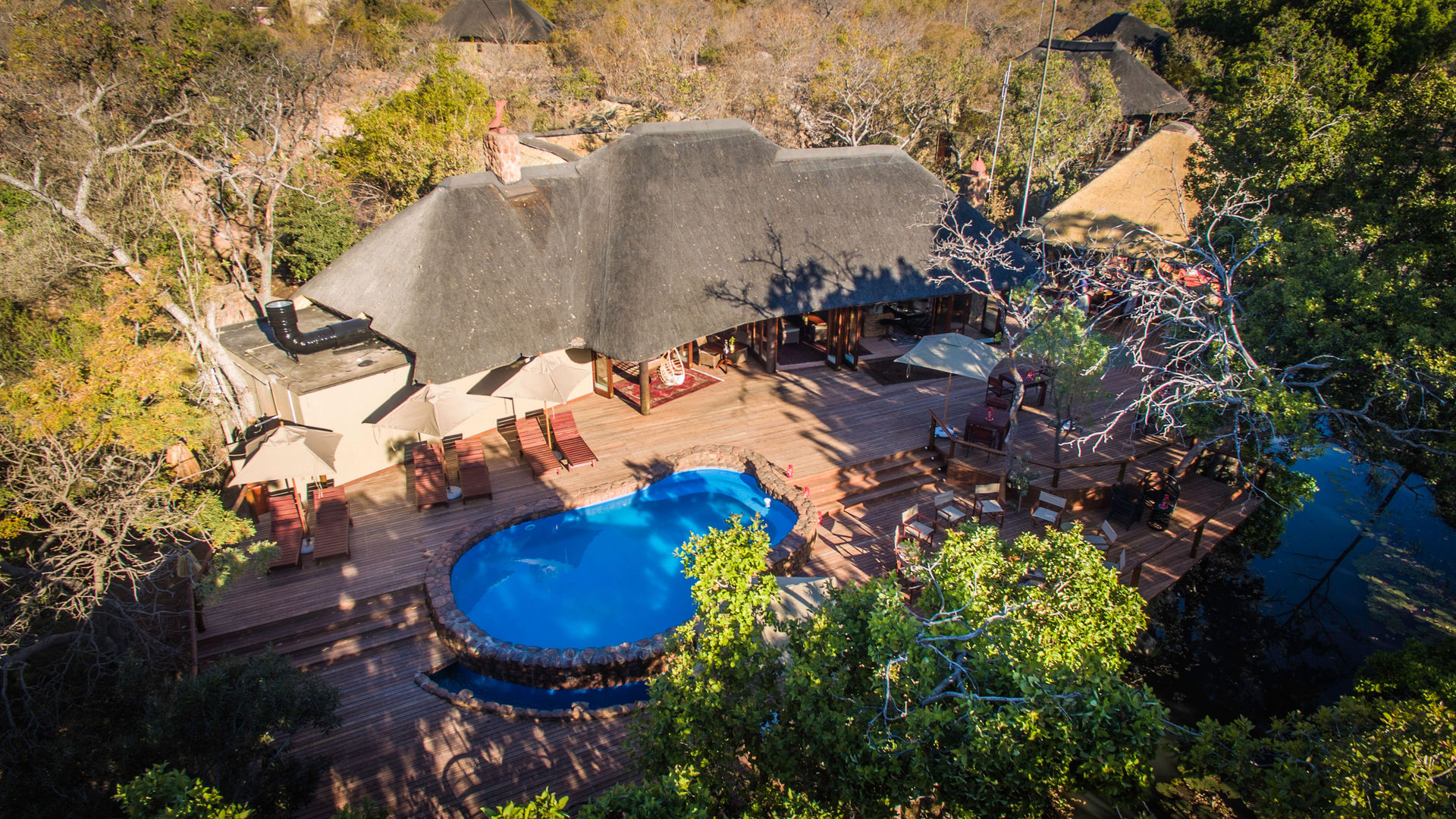
Camp Ndlovu lies within the Welgevonden Game Reserve, and sits alongside the Marakele National Park in South Africa.
These protected areas and some other reserves are collectively called the Waterberg Biosphere Reserve, which covers around 4,000 square km of bush.
Sitting just two and a half hours from Cape Town, this is a perfect place to drop into for a few days during a Cape holiday. One of the big advantages of going on safari here is that there is no Malaria, which is rare for a safari destination.
As a Big Five reserve you will have an action packed visit (cheetah are also present).
For those interested in birds there are also over 300 species that are present including blue cranes.
Camp Ndlovu is a luxurious way to do safari, and with only guests of one of the lodges allowed onto the reserve the number of cars is kept relatively low. With just five suites (one of which is suitable for families, though children under 12 by arrangement only) even when the lodge is full, it will not feel crowded.
With each suite being very generously sized and being air conditioned, they will be a welcome refuge from the heat of the bush. Each has its own plunge pool and outdoor shower and bath. They each have extra long king sized beds, and a sitting room with a fireplace. Also included is a minibar and a nespresso machine. There is also a sizeable deck around the plunge pool with comfortable pool loungers, allowing you to relax in comfort and watch the world pass by.
Despite the camps remoteness there is also WIFI within the camp. They also have extras such as bathrobes slippers and forgotten toiletries.
Each air-conditioned luxury unit suite comes complete with its own plunge pool, outdoor shower and outdoor bath, air-conditioning and fan, king size extra length bed, a lounge with fireplace, Nespresso coffee machine with complimentary coffee pods, a mini bar, outdoor shower and bath and an extensive wooden deck with pool loungers and private dining areas. Extras include bathrobes, slippers and complimentary toiletries and Wifi.
This coupled with a history of wildlife never having been legally hunted here makes for far more relaxed animal encounters than you can experience elsewhere. Anti-poaching efforts continue behind the scenes to make sure that this remains the case as much as possible.
Apart from those animals listed so far the reserve hosts around 50 mammals in total. Night time safaries are usually the only way to see them and brown hyena, aardwolf, pangolin and aardvark are present to be looked for on night drives.
With a long history of human habitation within the area, there are also 2 san rock paintings within the reserve. There is a booking/questions form below the video, and below this is pricing information in south african Rand (at the time of writing £1 is about 20 rand
To ask questions or enquire about availability or book please fill in the form below
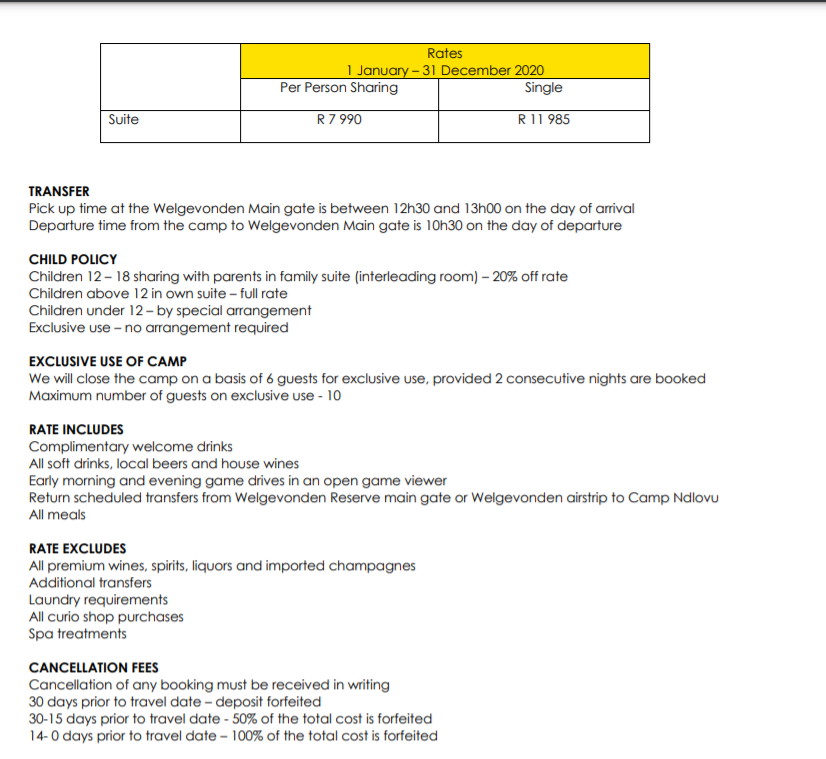

Carpathian mountains
Carpathian Mountains
The Carpathian Mountains are one of the wildest and largest ranges of mountains in Europe; due to its location within Central and Eastern Europe it is not as well known in the UK and other Western European countries, however its wildlife is far more intact than many other mountain ranges. Indeed while it is less well known for those in western Europe, the long drive or flight can be well worth it.
If you’re interested in seeing truly wild landscapes, the long drive is well worth the effort.
50% of the range lies within Romania, however the great arc of the Carpathian mountains also includes 17% in Slovakia and 10% in both Poland and Ukraine. It also includes small portions of the range in the Czech Republic, Serbia and Hungary. Perhaps as a result of so much of this range lying in its country, Romania is home to a big portion of the continents remaining large predators (15% of Europe’s wolves, 35% of the bears and 20% of the lynx).
Roaming any of the Carpathian mountains can be a rewarding experience. We will list some of the highlights lower down the page, however, any part of it will give you a feel of being away from the bustle of modern life. Bear in mind that the part of the range that lie within Northern Slovakia and Southern Poland, are also called the High Tatras.
There are likely to be interesting animals to watch out for, throughout this mountain range. Unfortunately, due to humans destructive behavior some animals range is less than it would be naturally. This is particularly true of the predators, and in this instance the highlighted areas at the bottom of the page should help you choose a location to stay with a wealth of local wildlife. European Bison were also eradicated though a recent Romanian reintroduction effort seems so far to be going well.
Visiting these countries as a tourist can be complex, as much of the infrastructure is young. They certainly are places to stay and and plenty of infrastructure in place, however road surfaces can be terrible. Furthermore once you reach countries like Romania progress can be slow, as there are very few motorways, and roads tend to pass straight through the middle of villages, lowering speed limits to just 40 kilometres an hour. However once you get there, you are met with a view incredibly similar to what you would have seen centuries ago, with vast ancient woodlands and and farms with haystacks and often cut by hand. When we have visited my family have always driven all the way, which is very possible; it is also unfortunately the case that if camping, it is hard to take all your equipment with you on the plane.
Over time, I hope to build up a significant network of places to stay – though in the early days I will be reliant on other more established networks. The reason to want to build a network on this website is simple: people travelling for wildlife often have different priorities for where they stay. While of course these people want to be comfortable and safe, for many of these people they are happy to put up with less creature comforts in order to see the wilderness that is on offer.
At the top of the page is a clickable map of the Carpathians, with each click leading to a different page. I will also be building a sightings board. Now, as with other sightings boards it may take time for the sightings boards to gather significant numbers of sightings, though merely adding your own sightings can help you map out where the wildlife feels safest during your holiday.
KAZA Transfrontier park
Kalahari-Zambezi Ecosystem (KAZA)
Including Hwange,Chobe, Kafue national parks and protecting jewels of africa such as the Okovango Delta and the Victoria falls, this is likely to become one of the worlds premier wildlife destinations. It covers more than half a million square kilometers
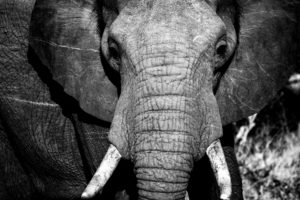
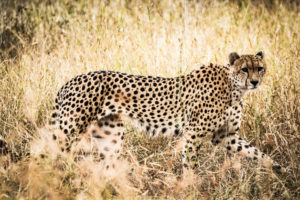
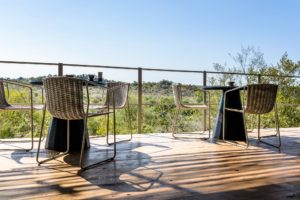
The Kalahari-Zabmbezi Trans-frontier park is perhaps the most daring conservation effort in the world, Including several large national parks, as well as hunting areas and private reserves, this is one of the last great Savannah wildernesses of Africa and plays host to some of the most impressive natural specticles such as the Okovango breaking its banks, spreading life-giving water across the Kalahari desert.

Combining such a huge area into a conservation network is quite a challenge. As well as the huge range of wildlife there is also a significant human population of around 2.5 million.
The KAZA covers an area of 170,000 square miles (quarter of a million square km) and within its borders lives important populations of many animas.
For instance, around 250,000 elephants or about 60% of those on the continent live in this huge area. However these huge animals are not sensbly distributed across the area, and gradually barriers are being taken down to allow the huge herds to return to ancient homelands such as in Angola (where they have learnt to smell the landmines, and so can avoid them).
This is obviously a project that will take many years to complete. However it is clear that its success will greatly benefit conservation in africa.
For my part, over time I hope to list many activities and places to stay within this huge area to support its conservation, and allow people around the world to enjoy this special place.
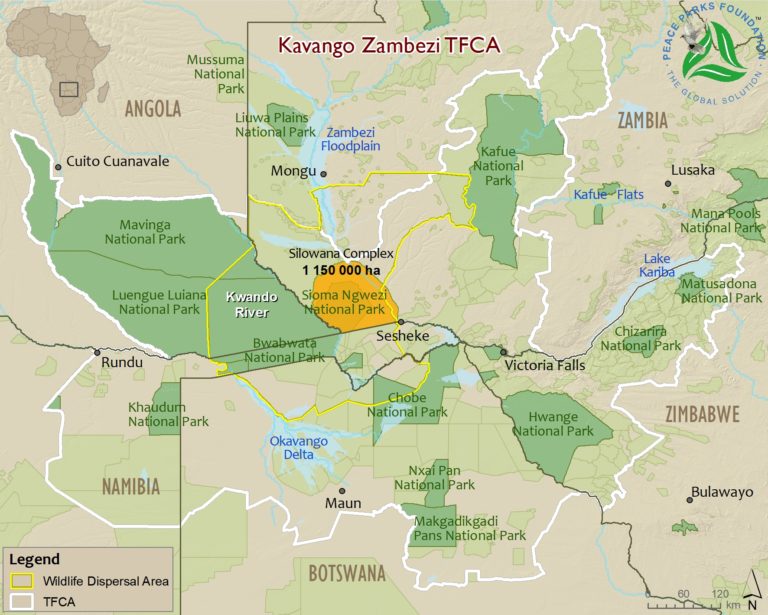
Hwange National park Zimbabwe
The largest National park of Zimbabwe covering an area of 14,651 km2 or 5,657 sq miles.
Initially formed as a reserve in 1922 it was made a national park in 1961. It is one of Zimbabwe premier reserves, with significant populations of the ecotourism big 7 (Big 5 plus cheetah and wild dog)
The hope is that as the Kalahari Zambezi transfrontier park becomes more than just a paper park, it will benefit the whole area. While seemingly large, a park of just over 5000 square miles it will only consist of around 2% of the Kalahari Zambezi transfrontier area, allowing animals to migrate in and out of areas during floods and droughts.
Places to stay in Hwange National Park
Spread around a watering hole, Camp Hwange is a traditional safari permanent camp, with all the rooms getting a perfect view of the watering pool and its visitors, allowing you to laze in the camp as the wildlife comes to you.
Being a seasonal camp it is open from the beginning of May to the end of November.
Click the picture or here to find out more
Hwange Bush camp is nestled under a group of trees, providing very welcome shade, it provides you with a comfortable place to rest deep in the bush.
With the small size of camp (it consists of 6 “rooms”), animals are less afraid allowing you to truly experience the wilds.
This is a seasonal camp as well so is open from the beginning of May to the end November
Click the picture or here to find out more
Virunga Mountains Ecosystem
Volcanoes National Park and the Virunga ecosystem
For many people one of the most memorable sequence ever filmed for a wildlife documentary is David Attenborough’s encounter with mountain gorillas.
Dian Fossey found out how these animals live, and in the process habituated them to human presence. Going to visit the gorillas and spend time with them is on many people’s bucket-list.
More to the point, visits pay for their continued survival, both in terms of protection from poaching, but also making sure people living nearby benefit from the visitors and so are proud and supportive of living nearby.
Because of the David Attenborough clip many people are keen to visit the gorillas, however it is not a cheap ecosystem to protect, and as such many have not done it when they have children. In the past, unless travelling as a group this would rule out doing a gorilla trek, but not here!
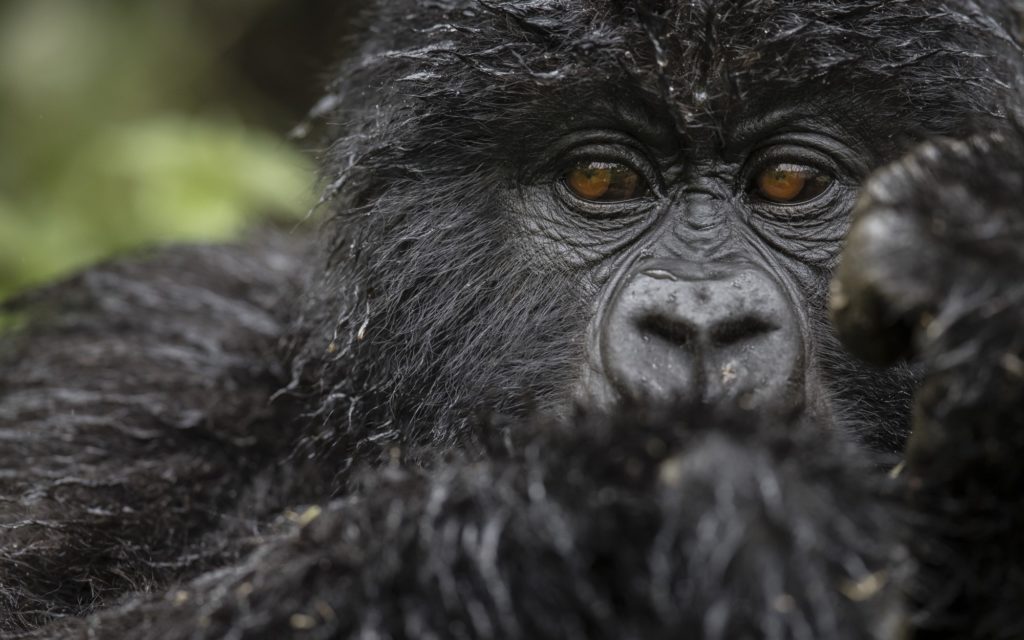
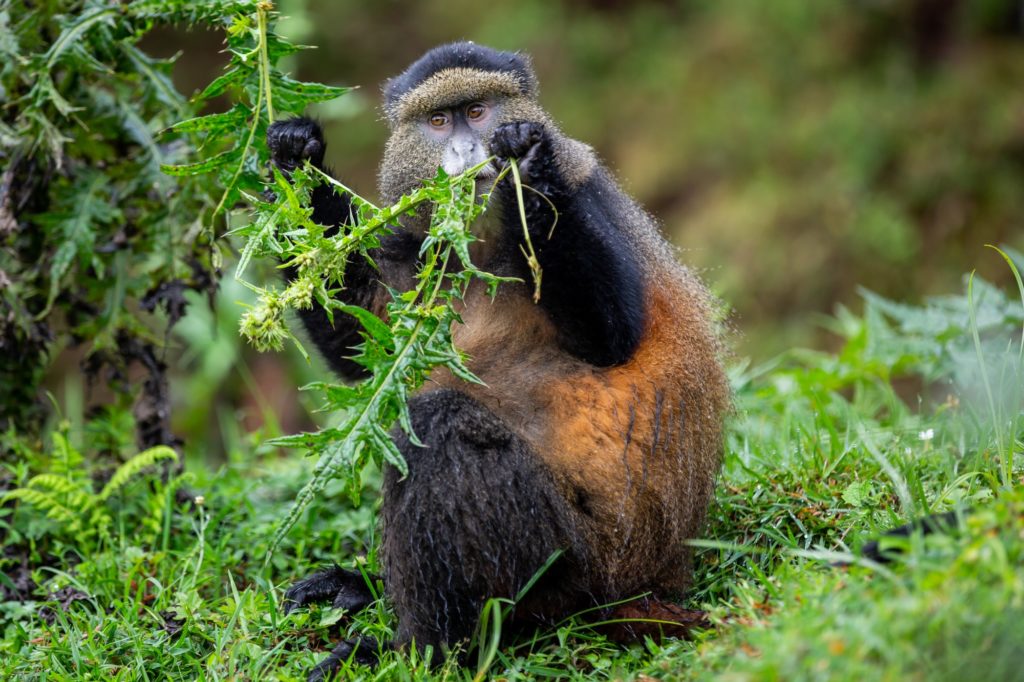
There are of course many other things to do within the park, including places to stay.
The Singita lodges are great places to stay around your gorilla trek and as a launch pad for your further exploration.
Set on the edge of the Volcanoes National Park in Rwanda, Singita’s Kataza House and Kwitonda Lodge are two luxurious places to stay before and after your trek to see the gorillas. Sitting on 178 acres of partially forested land, and sharing a 1.2km border with the park, the reserve is part of the ecosystem and therefore is visited by wildlife from the park.
This means that you are not removed from the park, and indeed there are several animals and birds to look out for on the land.
Please note your booking does not come with a gorilla permit, this needs to be booked separately through the park authorities before you travel.
If you have children too young to visit the gorillas there is childcare put on at these facilities. It is also possible for them to visit the local golden monkeys troupe, while you are away for the day.
This can be incredibly rewarding and can lead to similarly memorable encounters.
Limpopo ecosystem
Limpopo ecosystem
Kruger National Park, Sabi Sands, Pamushana National Park, the Jock concession and the Sweni Concession



The Limpopo transfrontier park is a huge patchwork area of protected land. Including several large national parks, as well as hunting areas and private reserves, this is one of the last great Savannah wildernesses of Africa.

Importantly, while there are areas with many tourists, there are also areas with little access. This huge park is primarily for the protection of the wilderness and wildlife that lives there. However, when well run it can also improve the standard of living for those living around its borders.
The selection of lodges I am offering here, range from properties in Sabi Sands, deep in the south, right up to Mallilangwe reserve which borders the north-west boundary of Gonarezhou national park, with a variety of Kruger national park concession lying in between.
I hope to add far more in the future. In particular, when safe I will make a visit to Kruger to list the public rest stops. The lodges that are currently listed range through the luxurious, however safari should not be the preserve of the wealthy. The public campsites have various accommodation available, from public campsites and luxury permanent tents, to huts of various size. These I am hoping will be added by the end of the year, the public accommodation is also available through the san parks website.
Whether you are visiting on the luxurious safari of your life, with a budget to live in luxury throughout your stay, or going on a shoestring we want to help. Or perhaps you wish to camp but have a day and night in luxury sometime in your stay.
For further information on any particular lodge, click the photo to see more information.
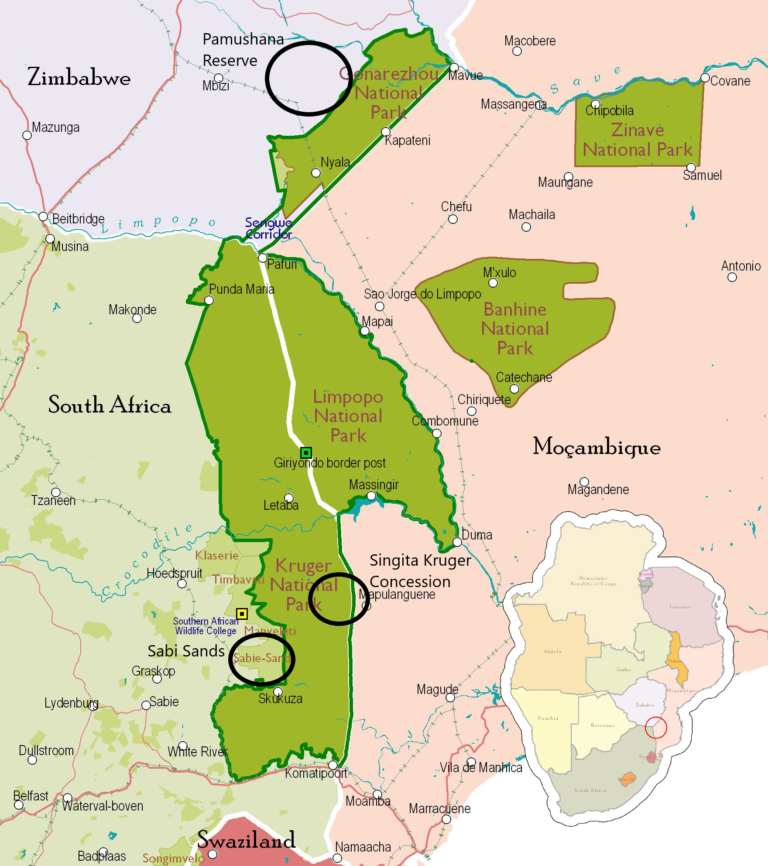
Singita Sabi Sands
One of the oldest protected private reserves, this area is world renown for its incredible wildlife sightings.
Currently offering you one of three places to stay all within the Singita area of the Sabi Sands, all with fascinating guides and wonderful creature comforts. It also has an unusually large density of leopards.
Places to stay in Sabi Sands
Lying on the banks of the Sand river, amongst the big trees which only grow where there is plenty of water, you can sit in the shade watching the wildlife go by. With a range of suites from small couple focused to family spaces, spread widely to give everyone their own space.
Click photo to see more
Taking its name from the huge boulders that litter this stretch of the river, this lodge is also built amongst the trees along the Sabi sands river. Well shaded, with fantastic views of the river and surrounding Savannah you can watch the wildlife from the many boardwalks that link this property together.
Click photo to see more
If you are visiting the Sabi sands as part of a group, then Castleton may prove to be a good option. With 6 double suites this is a perfect place for a large family or group of friends to spend time together. Fully self contained, with a wildlife guide, cook and other staff, and with incredible views out onto the surrounding Savannah, this is a fantastic place to base yourself during a safari and to enjoy time together.
Click photo to see more
“Located in the northern section of the spectacular Sabi Sand region, where the roar of the lion is your morning wake up call and the cry of the fish eagle your hourly reminder that every heart and soul on earth beats with the connected rhythm of these historic lands.” Crowned 2018 leading luxury lodge worldwide this newest luxury lodge within the Sabi Sands region, is built to allow incredible comfort deep in the wilderness, and allow you to experience it.
Designed to keep you close to nature, amazing views are to be seen in all directions.
Click photo to see more
Singita Kruger National Park Concession
Due in part to Singita’s impressive track record in maintaining and improving the state of the land that they have looked after, in 2001 Singita was awarded a concession. This concession lies in the southwest of the Kruger National Park on the border between South Africa and Mozambique. Covering around 55 square miles it is an area of astounding wilderness seemingly untouched by human hands. Falling close to the Satara rest camp, this area of the park is well known for some of the best big cat sightings in the Kruger – and therefore in the world.
Places to stay in Kruger National Park - Singita private concession
The two lodges only have around 20 suites combined, so you can be sure it won’t feel packed even when full.
Lembombo lodge falls within a private concession near the Mozambique border, allowing you to avoid the crowds. Set along the cliffs, alongside the N’wanetsi River ensuring plenty of game to watch from the lodge. With luxurious comfort and knowledgable guides this is a wonderful place to spend your safari.
Surrounded and shaded by beautiful trees, all of the suites are secluded allowing you to be fully at one with the wilderness you are in while enjoying all of the creature comforts you could possibly imagine. When you do venture out, the guides will be able to introduce this incredible place, and the sights and experiences will stay with you as you leave.
Click photo to see more
Sweni lodge is set alongside the Sweni river, and is built so you never feel removed from the wilderness. Lying in an exclusive area of the Kruger, you expect wonderful food and creature comforts, but miles from anywhere. This remoteness means that the animals feel safe and come closer than they would elsewhere.
Generally, only along rivers do trees grow big in Africa. This is because they are the only trees which get plenty of water. This is one of the reasons that leopards stay in this area as trees here are large enough for them to rest up comfortably.
Click photo to see more
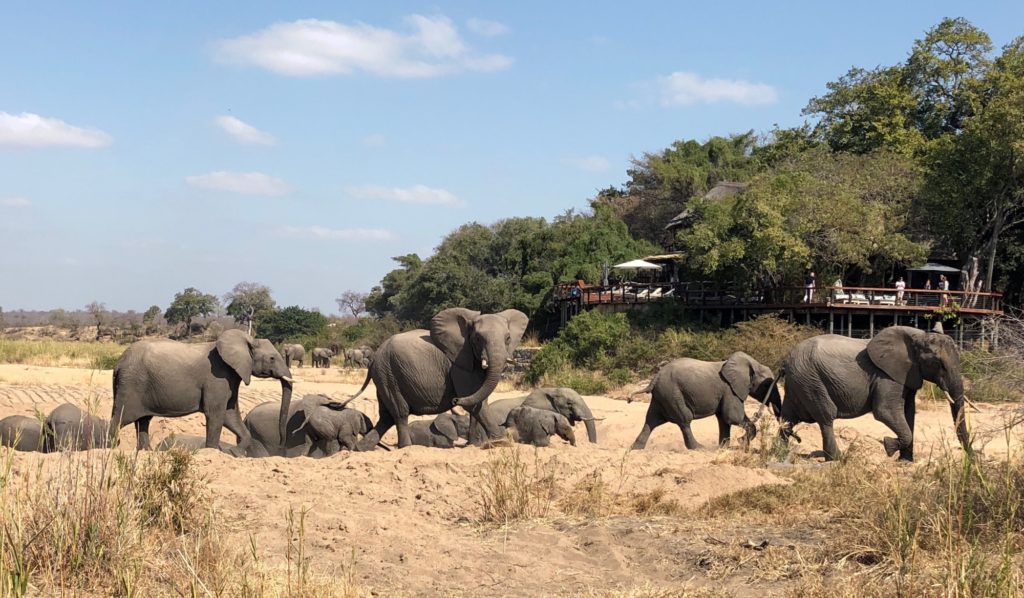
Jock's Kruger concession
(Jock concession)
The Concession around Jocks lodge and Fitzpatrick lodge lies in the south of the park, where the wildlife is at its densest. Consisting of 6000 hectares of exclusive bush, solely for the use of guests of the main lodge and secondary small lodge.
Given that these two lodges only have a combined 9 suites, even if it is full to capacity, it is not going to feel full. This gives drives and sightings a different feel to out in the greater Kruger. There are not going to be other vehicles stopped to tell you there is something to look for, but with a fantastic guide this will not be necessary.
As the animals see far fewer vehicles and people, you can be sure to natural behavior in the animals you see.
Places to stay in Jocks Kruger concession
Jock lodge is the main place to stay within the Jock concession. However as it only has 6 double bedrooms it is never going to feel full
Click here or the picture to see more
Fitz-patrick lodge is a far smaller destination, designed for small groups or families to be able to enjoy time together. With 3 double rooms, there is plenty of space, for time together or to spread out
Click here or the picture to see more
Mallilangwe Reserve and Gonarezhou national park
Far north of Sabi Sands, at the other extreme of the Limpopo transfrontier park is a very different part of the wilderness. Mallilangwe reserve lies beside the Gonarezhou National Park. It was formed after a large donation allowed its purchase by the Zimbabwe government.
Pamushana lodge is the ecotourism branch of this project – the money raised is reinvested into the upkeep of the reserve. It sits high on a ridge overlooking the wilderness of the area. Consisting of seven suites which range from big enough for a couple, to a six person family, even when full it will never feel crowded.
Well known particularly for its black rhino there are large populations of many species in the surrounding area.
Pamushana Lodge is a traditional lodge set in the Pamushana reserve, high on a cliff overlooking the surrounding area. This includes lakes and planes.
The lodge is decorated in the Zimbabwean fashion, with bright cloths and bead work.
The lodge consists of 8 luxurious suites, as well as a 5 bedroom villa for groups. As such even if full, Pamushana lodge will never have more than 9 groups. In the evening there is enough space that each group can sit on their own, or sit around getting to know new people and discussing the adventures of the day.
Click photo to see more
Malilingwe House offers the ability to enjoy the Pashumana reserve, in a space of your own.
An incredibly luxurious way to do safari, your group will have its own staff to look after you. These will include a people to cook and a driver and wildlife guide. Having the place to yourself gives you the freedom to structure it exactly as your interests and tastes dictate.
Click photo to see more
Serengeti ecosystem
Serengeti ecosystem - Serengeti, Ngorogoro Crator, Olduvai gorge, Massai mara and other portected reserves
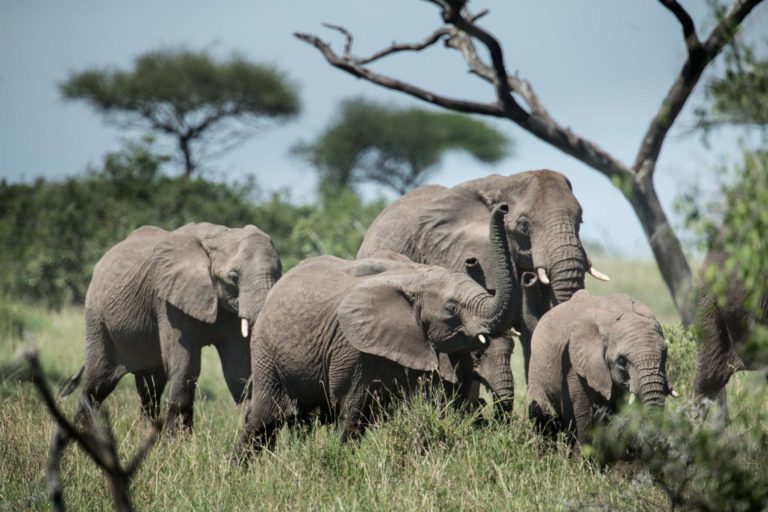
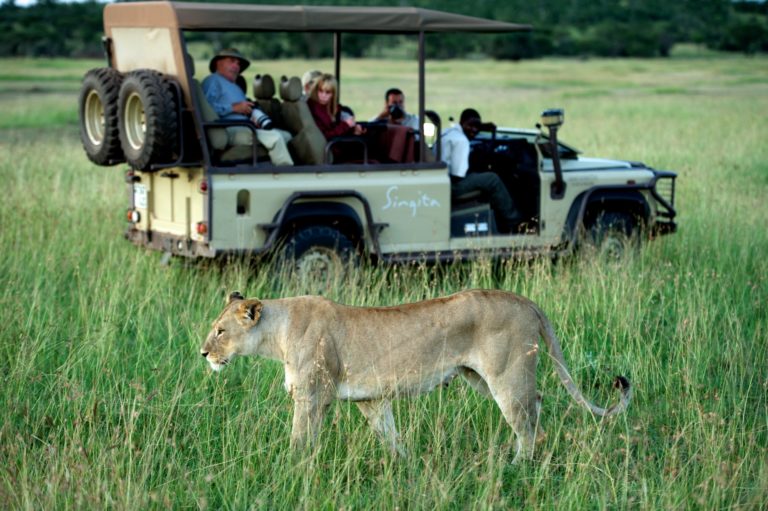
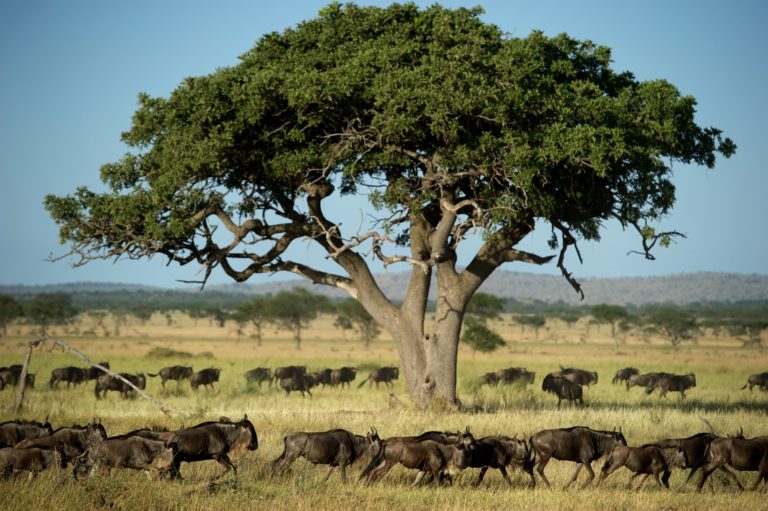
The Serengeti ecosystem is one of the most famous places in the natural world. Playing host to one of the largest land based migration, where more than 2 million herbivores walk around the ecosystem following the rains.
Consisting of the Serengeti, the Massai Mara, Ngorongoro crater and numerous other reserves, it is a must see for anyone interested in the natural world.
Singita runs two of these reserves bordering the Serengeti, an area through which the migration passes. This means that by taking your safari with Singita, not only will you have a luxurious safari in this fantastic world famous ecosystem but do so without the crowds.
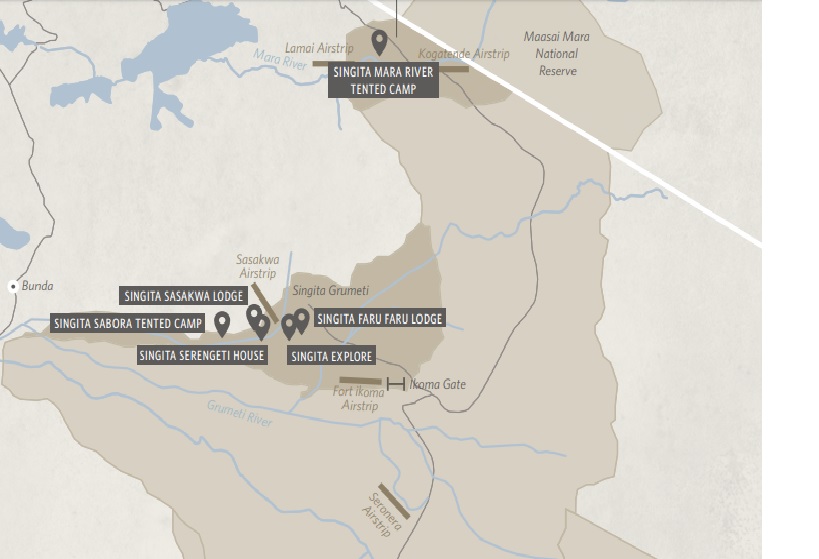
Grumeti Reserve
Singita Grumeti consists of 1,400 square km of land on the northern edge of the Serengeti that has been protected since 1994. The migration passes through this area during January to march, and so is an important part of the ecosystem. However, being a private reserve allows a freedom not always available within the main reserve. Furthermore, as it is private you can be sure that there will not be huge crowds of cars around animal kills.
Within this reserve, you have a choice of places to stay: Serengeti House, Faru Faru Lodge, Sabora Tented Camp, Sasakwa Lodge
Places to stay in Grumeti
An open spacious lodge that embodies the laid-back feel of Africa, lying in the heart of the Serengeti overlooking a watering hole and the Grumeti river. Luxury awaits.
A tented camp, but in the feel of the old Safaris with Persian rugs and beautiful antiques all around. This camp is modelled on the 1920 explorers camps.
In the style of an Edwardian home, the accommodation consists of nine spacious cottages each with its own pool. Set on a hill, wide panoramic views greet you in every direction.
Fantastic for a group of people travelling together. For the exclusive use of one group at a time, you have a staff to cater for your every whim from food to massages and wildlife viewing.
Lamai Reserve
Singita Lamai covers 400 square km of land on also on the northern border of the Serengeti, slightly north and east of Grumeti.
There is only one permanent place to stay within Singita Lamai – Singita Mara river camp. The camp sits overlooking the Mara river, so at the right time of year you can watch the migration from your tent.
The Mara river camp offers opulence on a level which many hotels cannot match – with beautiful shared areas to watch the world and wildlife go by, and incredibly comfortable tents that feel more like hotel rooms.
The other is a brand new idea, a place called Singita Explore. This consists of a far more movable camp (though with a similar feel of extravagant luxury), and a number of possible locations across the Lamai reserve. It is booked for the exclusive use of one party so can be set up to best meet the interests of the visitors.
Places to stay in Lamai
Mara River Tented Camp is an incredibly luxurious place to stay, where you can watch as the migration crosses the river. Sitting on a bend of the river many animals cross close by.
Singita Explore is a new form of place to stay. It is a movable campsite, that can be set up in a variety of different places across Lamai depending on the interests of the guests.
The Serengeti plays host to one of the most well known migrations on the planet, however there are many other wonderful things to see during the rest of the year.

